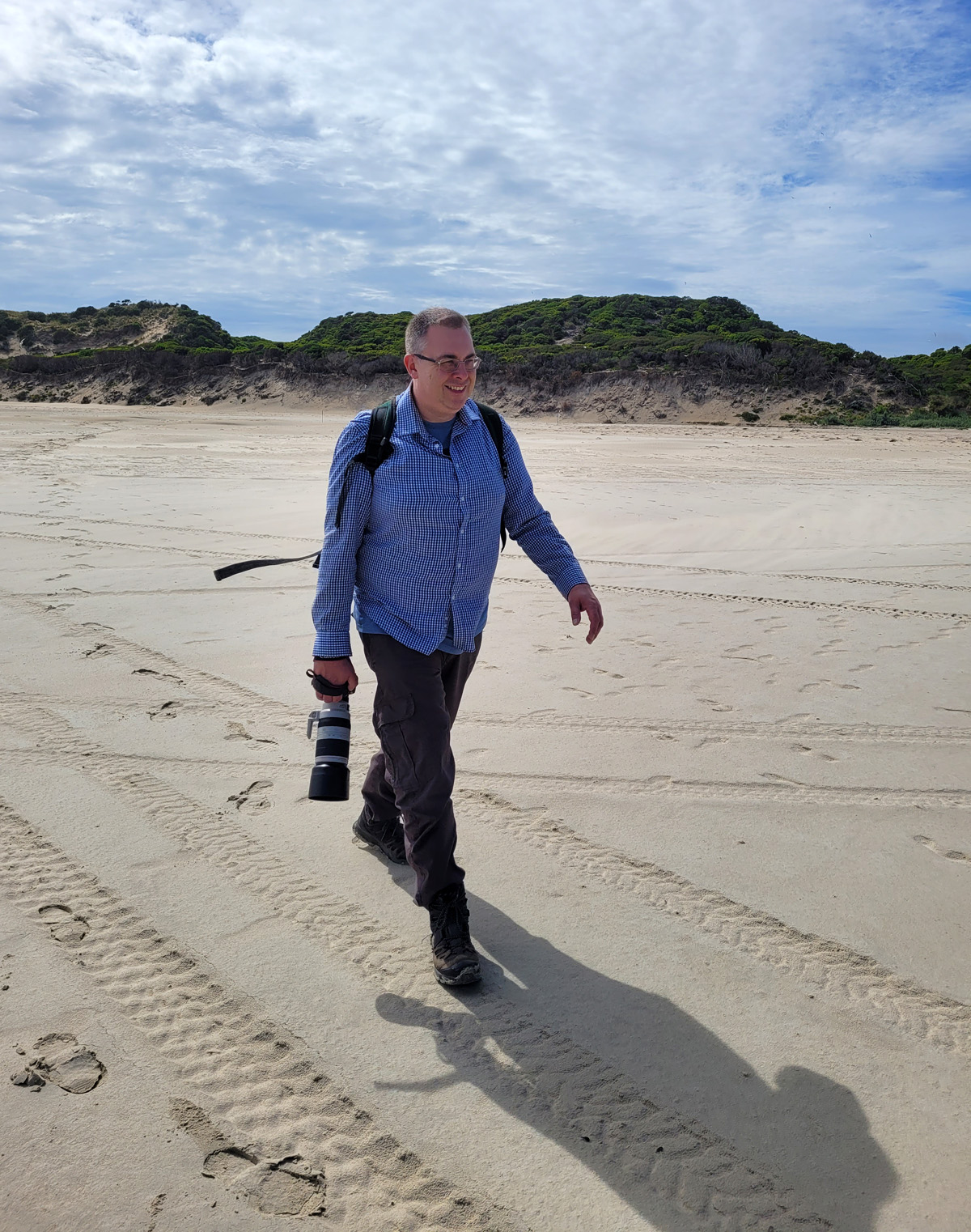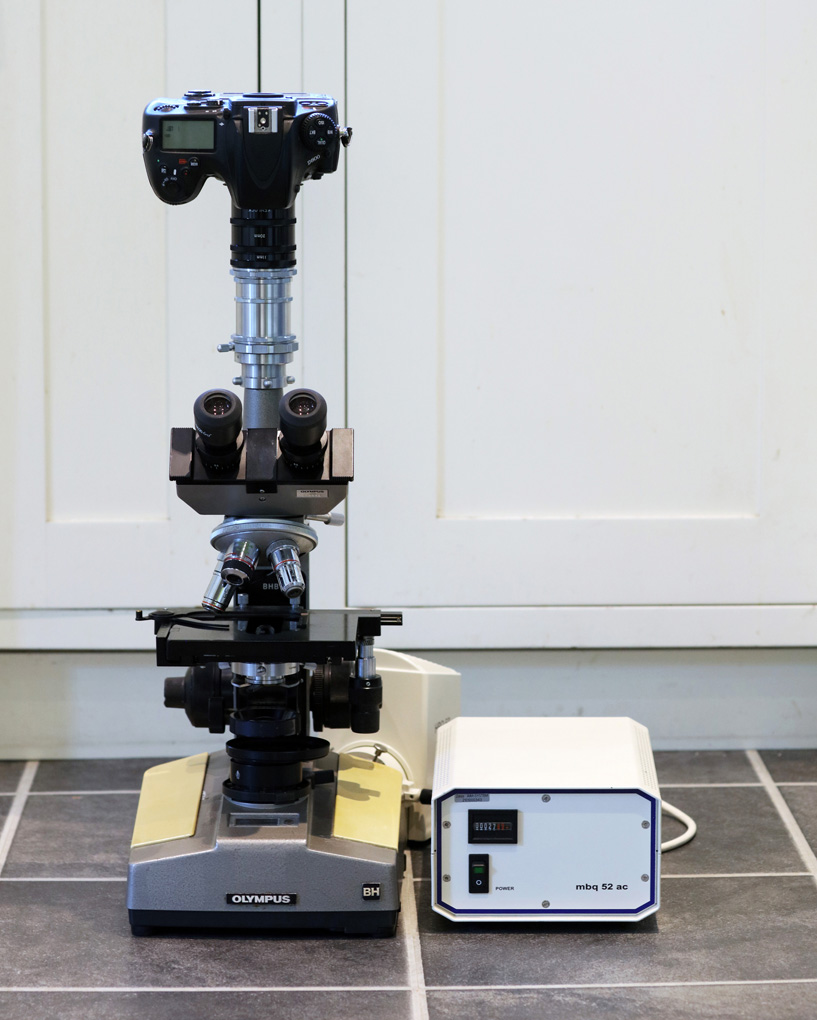I’d like to give you a little background to myself and this site.

This is me (well, me a few years ago, with hair that is less grey than it is now, but I still like the photo). I’m Jonathan Crowther. I have a degree and PhD in Chemistry, and have worked in the scientific world now for over 25 years. I have a scientific consultancy company (JMC Scientific Consultancy Ltd) and I work with a range of companies around the world to help them better understand their products. My main areas of expertise are in the measurement and imaging sciences – how do we measure and image things – and how the approaches we use can be improved. I’m married to my lovely wife Sabine.


I have a long history with imaging in photography, and as part of my research I have delved deep into the use of invisible light (infrared and ultraviolet) for the imaging process as well as looking at unusual imaging equipment. For example, the image below was taken using a 150mm f1.4 Nye mirror lens on a Sony A7III camera (this is Rosie, my favourite canine model).

In 2020 I bought a beaten up Olympus BHB microscope with the aim of fixing it up and learning a new skill. Long story short, I went on to build my own UV transmission microscope which I have used to work with a number of cosmetics companies to help them understand how their sunscreens are behaving as it can be used to image products in different parts of the UV spectrum. The microscope is shown below.

During my research for the UV microscope I needed to find something which could be used to calibrate the resolution the microscope was achieving, and I was introduced to the wonderful world of diatoms. Diatoms are in effect glasshouses built by algae. They are wonderfully complex and intricate structures with very small features, and they make amazing and challenging subjects for microscopy.
I became captivated by these little structures and started acquiring microscope slides with different examples on to image. I quickly found that historic slides offered some of the finest examples of mounted diatoms, and that there was a huge range of slide makers out there. Some slides had single examples on them, while at the other end of the scale, some had arrangements of hundreds of individual diatoms on them in wonderful patterns. In addition, slide makers have delved deep into chemistry trying to find mountants to help improve the contrast and visibility of the diatoms, by using exotic techniques such as metal coating, and dangerous materials such as arsenic sulphide (Realgar), in a quest to better view this tiny world.
As my imaging journey continued I quickly built up a collection of a 100 slides. 100 became 200 then 300, and the journey has continued from there. I’ve built up a portfolio of over 400 high resolution images now, and that is being added to as slides come in.
While there are many fine artists out there sharing diatom photos, it became apparent to me that there wasn’t anywhere which shared high resolution optical microscope images of them, along with details on how they were taken as well as the slide which they were mounted on. This is why I have created this site – to share high resolution images of diatoms, individual and arrangements, from a range of different makers, along with information on how the images were taken and the slides themselves. I also want to show what can be achieved with relatively modest (and indeed older) optical microscopy equipment.
I see this site as a resource for scientists, diatomists, historians, but also artists and anyone who appreciates the beauty of the natural world. A sort of online museum. I will add to it gradually uploading my collection of images, but also including new slides as and when they arrive. In addition I will be adding articles on the microscopy imaging I am doing – different light sources, unusual objectives, image processing, etc. Many microscopists have diatom slides in their collections, and images from these could be an amazing resource to researchers around the world, so perhaps this site will even nudge you to create your own similar pages.
One thing I must state though. I am not an expert in diatom taxonomy. The names I share with the images have come from the slides, and names do change over time. So some species names may be different now. There are plenty of sites online that can help with current names. If I have attempted to name ones myself, I’ll make that clear in the descriptions.
You’ll notice the images on this site are watermarked with my company details (JMC Scientific Consulting Ltd). While I want to share high resolution photos as widely as possible, a huge amount of effort has gone into making them, and the image copyright remains with me. I can provide high resolution copies for your use without the copyright note if that is something you’d like. For home use (printing a single copy for the wall or use as a desktop on a computer) the fee will be small, and income from that will be used to help me maintain and improve this website. Even if you only want to contribute to buy me a coffee, it will all help to keep this site going and new research coming. Contributions can be made via the Contribute tab at the top of the page. I can of course also provide images for commercial use via my company JMC Scientific Consulting Ltd. Please contact me using Contact tab at the top of the page for details about buying images without copyright notices if that is something you are interested in.
Thank you for embarking with me on this journey, and who knows perhaps it will encourage you to go out an look for these tiny wonders yourself.